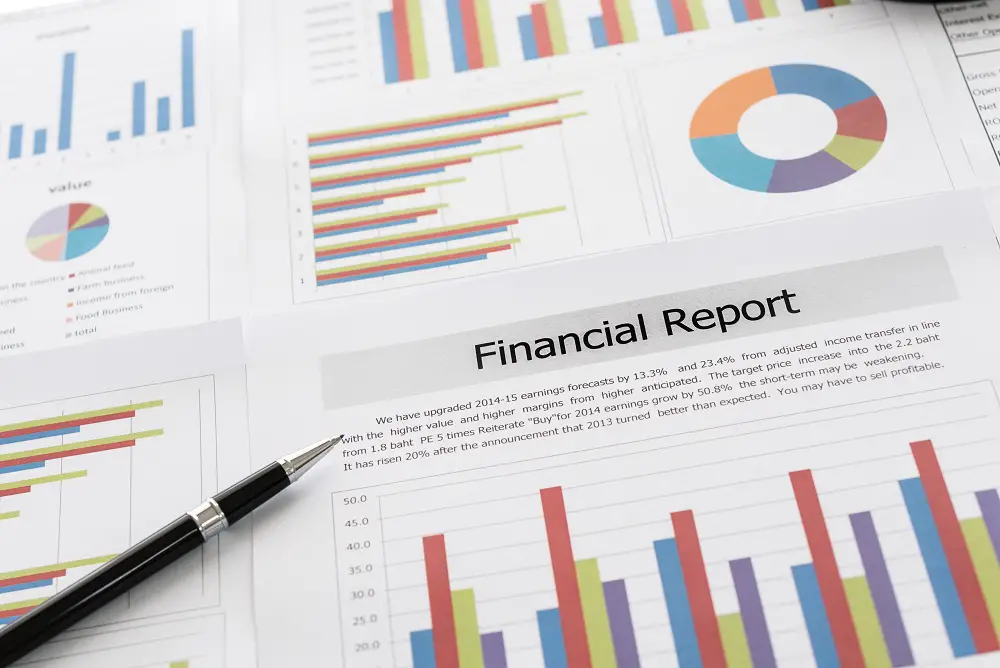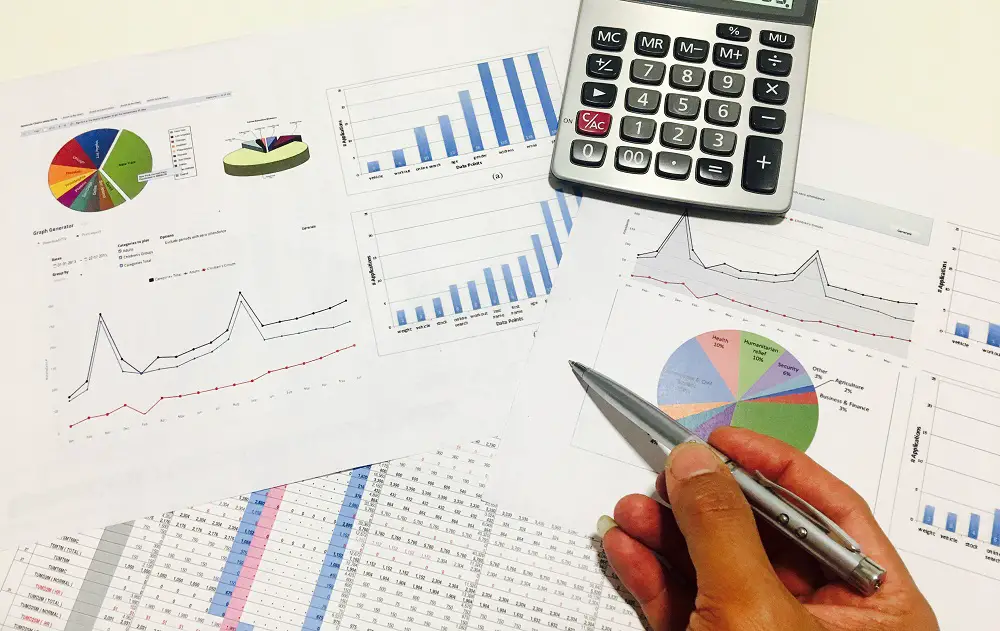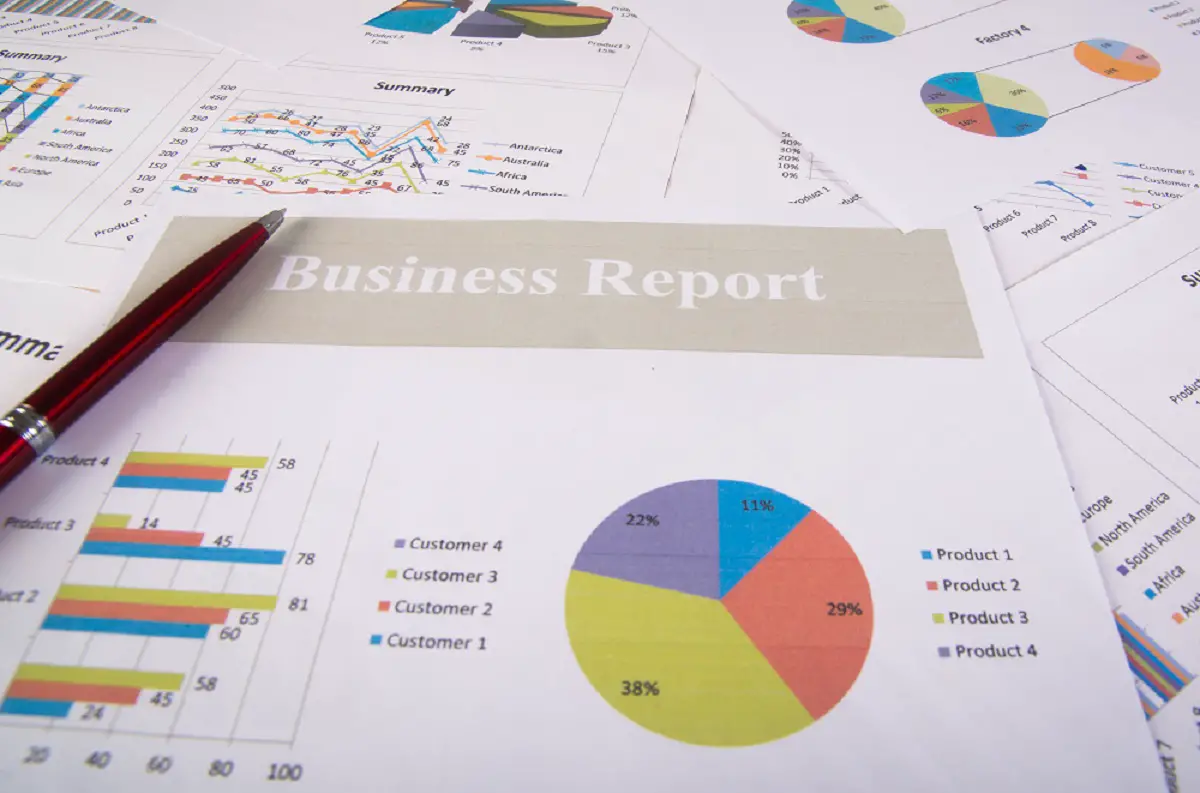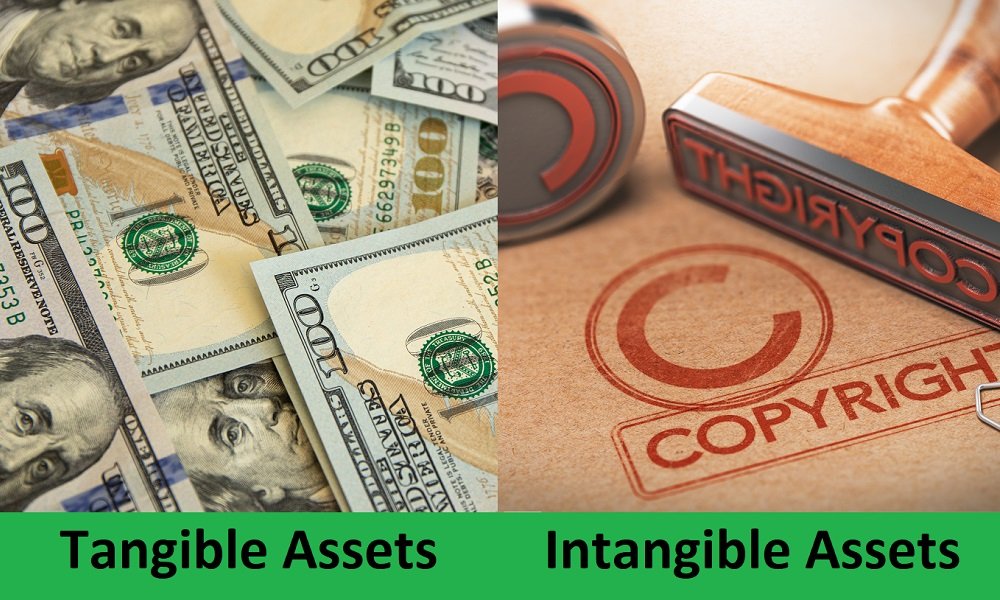Difference Between SOC 1 and SOC 2
So, you’ve been looking into service organization control (SOC) reports, perhaps to cement the validity of your establishment’s financial reporting controls or to report your vendors for such a report. But now you’re confused about the difference between SOC 1 and SOC 2 audits.
That’s understandable, as they are both frameworks to evaluate an organization’s controls implementation. However, while SOC 1 validates the accuracy of an establishment’s financial statement reporting and monetary transactions, SOC 2 is used to certify the security of their data center and cloud controls.
Beyond knowing the primary difference, it’s important to know how to tell them apart when the time comes for an audit request. So, here’s how to distinguish between them.
What Is a SOC report?
If your establishment is a service organization—meaning your company provides services to individuals and other companies—your customers might be impacted in terms of financial reporting.
As such, these customers are entitled to ask you for reassurance that you are using effective designs to control (or operate) your services.
That’s where the SOC (Service Organization Control) audit comes in. A SOC report basically ensures that an organization is in line with specified model practices prescribed for a service organization.
This report, provided by an independent auditor, works as a way to reassure customers that proper internal controls are in place for financial reporting for outsourced services.
SOC 1 and SOC 2: An Overview
So, now you know what a SOC audit is. The next step is to identify and discuss the two types of SOC reports that exist- SOC 1 and SOC 2. First, let’s define each of the report types.
What Is a SOC 1 Report?

When a SOC 1 report is made about your company, it details the company’s internal control over financial reporting. In the simplest terms, it’s an audit of a third-party vendor’s financial and accounting controls. It addresses controls that are used to produce clients’ financial statements.
So basically, a SOC 1 report’s focus is financial. This includes the service organization’s controls which are pertinent in the audit of the company’s client’s financials.
With the help of the auditors, the service organization determines their services’ key control objectives. These control objectives, in turn, are relevant to both the service organization’s business processes and information technology (IT) processes.
Purpose of a SOC 1 Report
The reason service organizations undergo SOC 1 audits is to ensure customers that they have enacted due diligence in terms of their services’ effects on their customers’ financial statements.
As such, the service organizations who most commonly undertake this process are financial in nature, involving claims or bill processing. With this, the customer’s auditor requirements are satisfied and they have no cause to wonder whether your services will harm their financials in any way.
Difference Between Accrued Expenses and Accounts Payable
What Is a SOC 2 Report?

In a SOC 2 report, detailed assurance and information are provided about a service organization’s operations and compliance with the trust services criteria put in place by the AICPA.
This looks at 5 criteria- the company’s security, processing integrity, availability, confidentiality, and privacy controls. Now, a service organization can choose to have a SOC audit done that covers all 5 criteria, or just the security criterion, which is considered the common criterion.
A SOC report is read mainly by financial executives, compliance officers, and financial auditors. IT executives, partners, and regulators may also be interested in the contents of a SOC report.
So, as you can see, the difference between SOC 1 and SOC 2 is not really a contrast, but rather a question of the details involved.
Purpose of a SOC 2 Report
Transparency is at the center of SOC 2 reports. A SOC 2 report ensures your customers, their investors, and auditors that your service organization is competent in setting appropriate controls for information security.
This includes a look at your company’s infrastructure, personnel, software, data management, and procedures. Together, these elements make up your company’s ability to secure, process, and thereafter protect your customer’s data and information.
Your customer is given a clear picture of the steps you have taken to keep their information safe.
Some of Our Articles You May Want to Read:
- What’s The Difference Between Roth and Traditional TSP?
- 4 Key Differences Between HMO And PPO
- 5 Differences Between Gross and Net – Comparison Table
Differences Between SOC 1 and SOC 2 Reports
Now that we’ve covered the main difference between the two report types, let’s have a look at the specifics. The table below will help you form a clearer idea.
| Parameters of Comparison | SOC 1 | SOC 2 |
| Purpose | This audit allows a service organization to examine, identify, and report on its internal controls which are relevant to its customers’ financials. | This audit examines, identifies, and reports on the internal controls of a service organization that are relevant to the availability, security, processing integrity, privacy, and confidentiality of customer data. This might include cloud and data storage controls. |
| Control objectives | SOC 1 control objectives are centered around a service organization’s controls pertinent to the processing and securing of customer information. This includes both IT and business processes. | The control objectives for SOC 2 can center around any combination of the five criteria- security, processing integrity, availability, confidentiality, and privacy. And the appropriate combination depends upon regulatory requirements and the nature of the service organization. |
| Interested readers/users | Readers are external auditors, customer’s management personnel, CPAs— the audit enables these readers to comprehend how the service organization’s controls affect the financial statements of the user entity. | Readers are customer’s management personnel, prospective customers, business partners, external auditors, and compliance regulators. The SOC 2 report allows readers to comprehend internal corporate governance, vendor management programs, regulatory oversight, and risk management processes. |
| Control objectives specification | Control objectives in SOC 1 reports are specified by the service organization themselves. | In SOC 2, the service organization is held to a standardized set of criteria for each principle detailed in the report. |
Should You Get Both SOC 1 and SOC 2?
Now the question arises- should you choose to get only one audit done, or both? Well, service organizations these days prioritize outsourced data center services in their business model. This allows for greater cost efficiency and better service overall.
The service organization in question is responsible not only for the services it provides but also for the security protocols and confidentiality involved in protecting customers’ sensitive data. With the SOC 1 and 2 audits, transparency is gained about the service organization’s specific controls.
So, it’s quite common to see a service organization being requested for both a SOC 1 and SOC 2 examination. Whether they will use the same or different auditors for each is up to the service organization.
Final Words
The importance of both SOC 1 and SOC 2 reports is undeniable. Whether these controls fail or succeed directly and indirectly impacts the financial statements, stability, and, of course, the reputation of the user organization.
So, we hope that our guide on the difference between SOC 1 and SOC 2 has helped you to identify the differences between the two.






